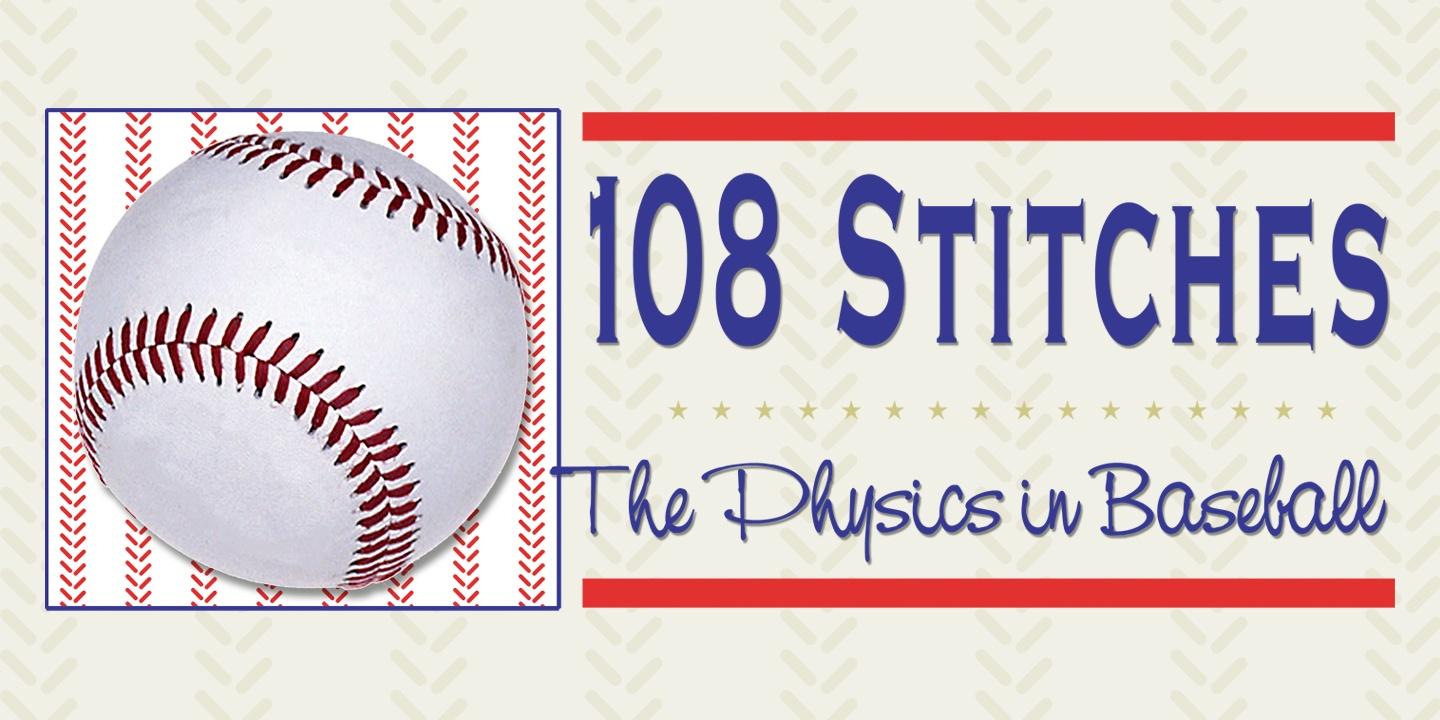The 108 Stitches: A Deep Dive into the Anatomy of a baseball
The baseball, with its iconic white exterior and vibrant red stitches, is a familiar sight to fans worldwide. But beyond its simple appearance lies a complex interplay of design and craftsmanship that significantly impacts the game. At the heart of this complexity lies a seemingly simple question: how many stitches are on a baseball? The answer, 108, might seem insignificant, yet these stitches are the very essence of the ball’s flight, influencing its trajectory, spin, and ultimately, the outcome of the game.
Aerodynamic Influences
The 108 stitches on a baseball are not merely decorative; they play a crucial role in its aerodynamics. As the ball travels through the air, the stitches interact with the airflow, creating turbulence and drag. This interaction is not uniform; the orientation of the stitches, their position on the ball, and the pitcher’s grip all influence the airflow patterns.

The Pitcher’s Grip and Stitch Orientation
The way a pitcher grips the ball has a profound impact on how the stitches interact with the airflow. Different grips allow pitchers to impart different spins on the ball, altering the airflow patterns and influencing the pitch’s movement.

The Role of the Seam
The raised seam of the baseball plays a critical role in the interaction between the ball and the air. The seam acts as a small “wing,” creating a localized area of increased lift. Pitchers can manipulate the ball’s grip to utilize the seam to their advantage, further influencing the pitch’s movement.
Covering the Core
The 108 stitches on a baseball are applied to a core consisting of a cork center, wrapped in rubber and yarn. Two horsehide leather halves are then sewn together to form the ball’s cover. The stitching process is intricate and requires skilled craftsmanship.
The Figure-Eight Stitch Pattern
The iconic figure-eight stitch pattern is created by sewing the two leather halves together with a continuous thread. The thread is passed back and forth between the two halves, creating the distinctive raised seams. The exact pattern of the stitches is carefully controlled to ensure consistent ball performance.
Quality Control
Major League Baseball (MLB) has strict regulations regarding the manufacturing of baseballs. Each ball undergoes rigorous testing to ensure it meets specific weight, circumference, and rebound specifications. The condition of the stitches is also closely examined to ensure they are properly applied and meet performance standards.
Pitching Dominance
The ability to manipulate the flight of the baseball through spin and seam usage is a key factor in pitching success. Pitchers who can consistently command a variety of pitches with different movements can dominate hitters. The 108 stitches, through their interaction with the airflow, provide the foundation for this pitching artistry.
Hitting Challenges
The unpredictable movement of the baseball, caused by the interplay of spin, seam, and airflow, presents a significant challenge for hitters. Hitters must anticipate the ball’s movement while reacting to the pitcher’s delivery. The ability to consistently make contact with the ball and drive it effectively requires exceptional hand-eye coordination and a deep understanding of the game’s physics.
Defensive Strategies
The flight of the baseball also influences defensive strategies. Fielders must anticipate the ball’s movement to position themselves correctly. The unpredictable nature of the ball can lead to spectacular catches or difficult plays, adding to the excitement and unpredictability of the game.
The 108 stitches on a baseball may seem like a minor detail, but they are integral to the game’s essence. These stitches, through their interaction with the airflow, create the unpredictable movement that makes baseball such a captivating and challenging sport. From the pitcher’s grip to the hitter’s swing, the stitches influence every aspect of the game, making each pitch and each swing a unique and unpredictable event.
The next time you watch a baseball game, take a moment to appreciate the intricate interplay of forces at work, all stemming from those 108 carefully crafted stitches. They are the unseen architects of the game, shaping its drama, its beauty, and its enduring appeal.



